19 Unheard Ways About How To Eat Healthy On A Budget 2024
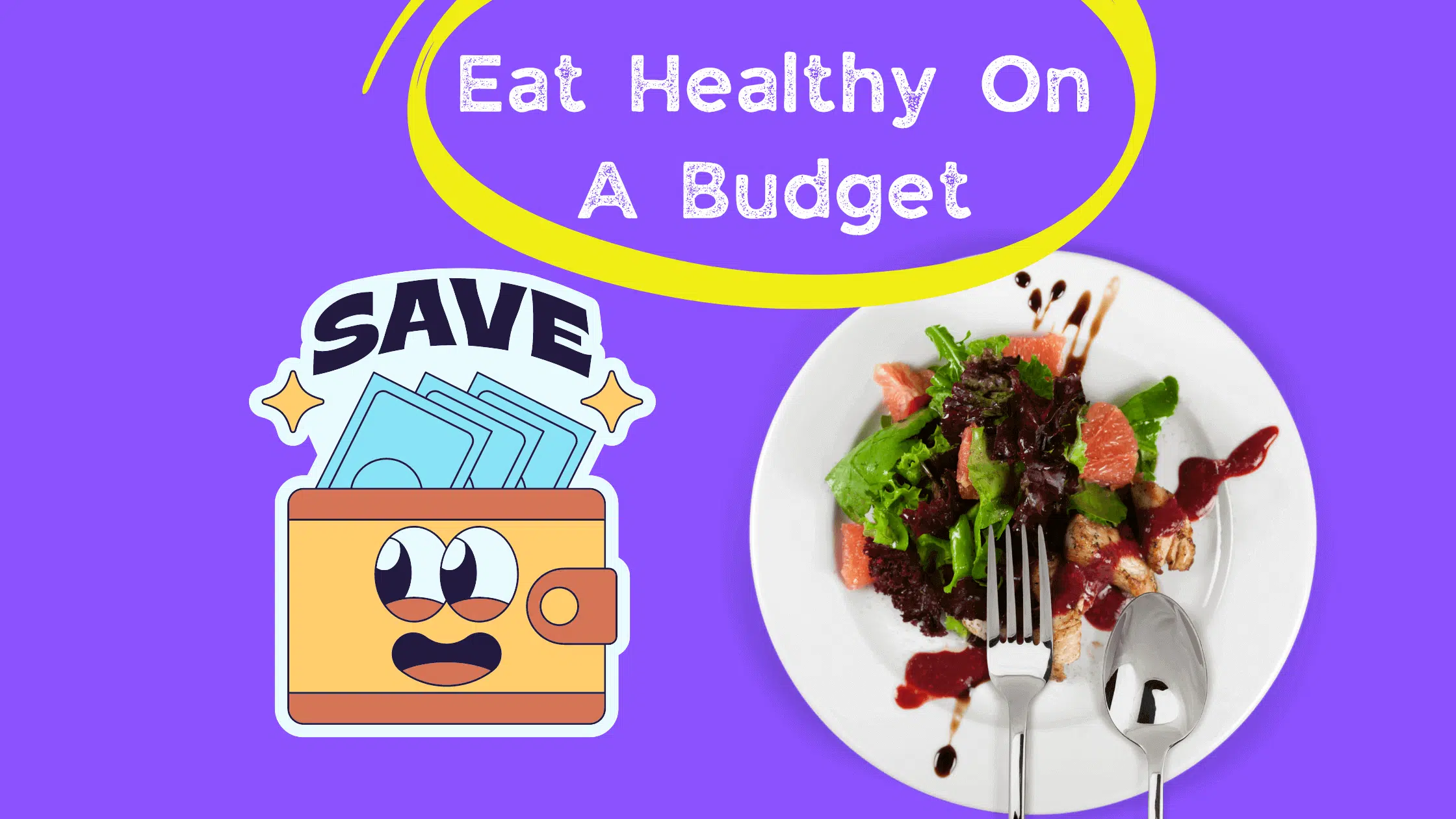
The most important thing to remember is that eating healthy does not need to be expensive. You can buy a lot of fresh produce at the grocery store for less than $5 and prepare it in a way that is delicious, satisfying, and still healthy. In this article, I will show you how to eat healthy on a budget by providing you with some practical tips.
You might be experiencing sticker shock from your supermarket bill due to increased food prices. However, you shouldn’t abandon your efforts to eat healthily because of a tightening food budget.
One of the biggest obstacles to eating a nutritious diet, along with a lack of time, is having a tight budget. Fast food and processed foods may seem like the healthiest choices when you’re starving and strapped for time and money.
While convenience foods are frequently delightful and filling, they also frequently lack vital nutrients and are high in calories, sugar, and preservatives. Contrary to popular belief, eating processed and fast food is rarely less expensive than preparing nutritious meals at home.
With these helpful recommendations, you can eat healthily without going over your budget, whether you’re living alone, in school, or supporting a family. Your diet will be healthier and tastier, you’ll feel better, and you’ll save money the more you concentrate on buying local, unprocessed food, cooking meals at home, and more eliminating waste.
What Is Healthy Eating, Exactly?
Let’s first discuss what healthy grocery shopping looks like before moving on to simple techniques to save money.
According to the expert Mascha Davis, the author of Eat Your Vitamins, the definition of healthy eating is, at its most fundamental, providing your body with nourishing, whole meals. Everyone can find a balanced diet that tastes good and is good for them, despite the fact that there is no one-size-fits-all strategy for eating healthily, according to her.
She claims that people mistakenly believe eating healthily has to be expensive. According to Davis, some of this misinformation stems from phrases on product labels like “organic,” “alternative,” and “healthy,” which frequently have increased price stickers.
But to eat a healthy diet, you don’t have to stock your basket with these items. The advantages are the same whether you buy frozen, organic, or normal blueberries, according to Davis. In other words, eating full, nutritious meals can be obtained in a variety of ways other than just by buying organically.
How To Eat Healthy On A Budget 2022
1. Make a meal plan
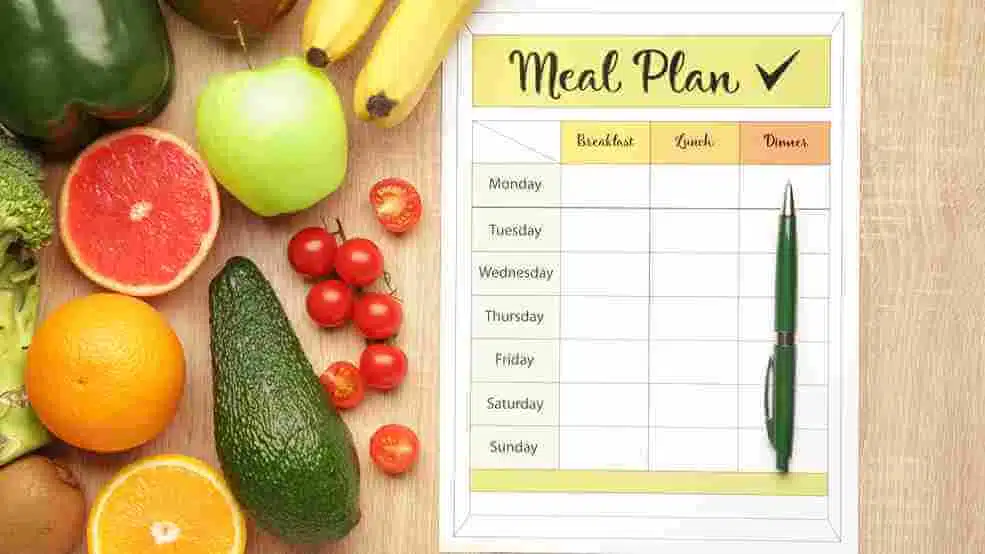
Planning ahead is vital if you want to save money at the grocery shop.
Choose a day each week and schedule your food preparation for the following week on that day. Make a grocery list of all the ingredients you’ll need to prepare those meals after that.
Be sure to check your cabinets and refrigerator as well to see what you currently have. Foods that can be utilized might be stashed away in the back, or you might wish to organize your meals around ingredients that must be consumed soon.
Only budget for purchases that you are certain you will make. By doing this, you’ll avoid having to toss away a lot of the things you buy but don’t use.
2. Stick to a Grocery list
Once you’ve created a grocery list and scheduled your meals, follow it.
At the grocery store, it’s very simple to get distracted, which might result in unwanted purchases and unauthorized expenditures.
Try to shop the perimeter (the store’s outer edges) first as a general guideline. Whole foods are typically positioned here, increasing your likelihood to add them to your cart first.
Most processed items are frequently found near the center of the store. If you find yourself in one of these lanes, turn your gaze upward or downward, rather than straight forward. Typically, the priciest things are displayed at eye level.
To assist you with your shopping, you can also download a grocery list app. Some of them even allow you to store your favorite goods and share lists with other consumers.
A fantastic approach to make sure you don’t forget your list at home is to use an app.
In general, I advise sticking to your shopping list.
3. How To Eat Healthy On A Budget: Cook at home

It may be less expensive to cook at home than to eat out. In most cases, feeding a family of four costs the same as dining out for one or two people.
So, instead of deciding to eat out at the last minute, make it a practice to prepare meals at home.
While some individuals prefer to prepare food for the entire week on the weekends, others only prepare one meal every day.
You also have the advantage of knowing exactly what ingredients are in your food when you prepare it for yourself.
4. Avoid shopping while you are hungry.
When you shop while you’re hungry, you’re more likely to deviate from your list and make a spur-of-the-moment purchase.
According to a study letter that was published in JAMA Internal Medicine, shoppers who are hungry are more likely to choose higher-calorie food options. You are more likely to purchase items that are not on your list when you go grocery shopping while you are hungry.
This is because while you’re hungry, you’ll be more likely to make impulsive purchases. Furthermore, buying food while you’re hungry frequently results in overeating. You can prevent yourself from making these pricey and unhealthful decisions by eating before you go grocery shopping ( try to eat some fruit, yogurt, or another healthy snack before you go.)
Facts
Facts to eat wisely: There are a lot of reasons to eat. Animals only eat when they are hungry. Babies do the same thing. As we get older, we start to eat for more than just hunger. This is a kind of change for the worse. When we’re happy, we eat. When we are sad or tired, we eat. When we’re bored, we eat. While we eat, we watch TV.
5. Avoiding waste and reusing things as much as possible

Between a fifth and a quarter of the food we purchase is thought to be wasted. Planning your meals will help you decrease waste while ensuring that you have a healthy, balanced diet. A simple meal plan will help you prepare for days when you might not have time to cook, preventing you from wasting money on food you might not end up preparing.
You can create a soup out of almost any leftover vegetables, possibly adding a can of cannellini beans or butter beans to give it more substance. As you may prepare the soup without salt and use herbs or spices in place of salty stock, it may be healthier to make your own soup rather than purchasing it.
To save the soup for another day, you can freeze it in portions. If you keep sliced bread, muffins, crumpets, and buns in the freezer and just take out what you need, they won’t go bad or stale. Another great strategy to benefit from day-end sales on wholegrain bread is to freeze it.
6. Grab deals and stock up.
Stock up when they’re on sale if you have favorite goods or essentials that you use frequently.
If you know you’ll utilize the product, it makes sense to buy it now rather than waiting to save a little cash.
Make sure it won’t expire in the interim and that it will last for a while. If you buy something you’ll only end up throwing away, you won’t save any money.
Use coupons properly to maximize your financial savings. Coupons are a terrific method to save money.
Sort out the high-quality bargains and stock up on essentials like cleaning supplies, nutrient-rich foods, and other things you know you’ll use.
You may spend more of your budget on nourishing foods if you reduce the cost of household supplies.
Tip
Get an app that saves money for your store. I currently have the Whole Foods app, which is available to Amazon Prime members. It displays the top prices and offers me additional discounts on all of the retail sales using a QR code that is specific to me.
7. Purchase store brands
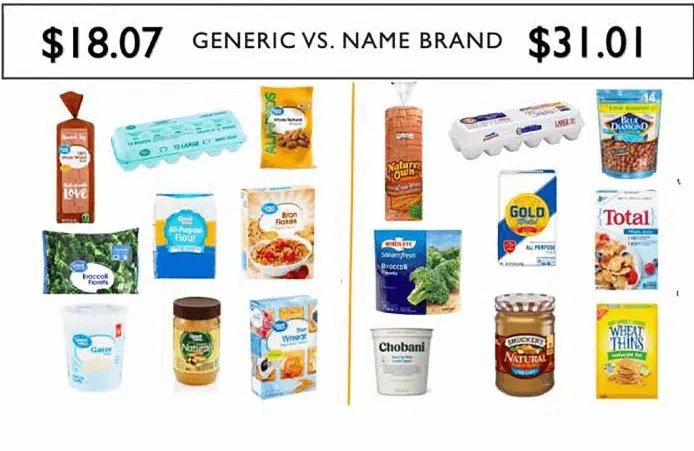
You can reduce your food budget by 20% to 30% by using generic or store-brand products. Store-brand versions of goods like canned tomatoes, milk, olive oil, and frozen fruits and vegetables are typically less expensive.
To ensure you are not purchasing a product with extra ingredients, just examine the ingredients list and nutrition facts panel. You can save money at the register by becoming familiar with the store brands that your local grocery store sells.
8. Meat should be a treat, and when you buy it, look for tough cuts.
Not all cuts of meat are of lower quality just because they are more affordable than others. When compared to more expensive options like chicken breast and sirloin, cheaper cuts of meat like beef brisket or chicken thighs frequently offer a greater flavor. It takes skill to cook them, which is the trick.
A slow cooker or multicooker can be helpful if you discover that less costly pieces of meat take longer to cook than you expected. Pork shoulder and beef chuck are two more affordable pieces of meat that cook beautifully in a slow cooker or multicooker.
Beans, lentils, tofu, and eggs are all good alternatives to meat that provide a good amount of protein. In terms of cost, they undercut both meat and fish.
Tip
Tip: The tougher the cut, the better, if you’re going to buy meat (like beef brisket or skirt). They need more time in the oven than the middle cuts, but the extra effort is well worth it for the variety of textures and tastes you can get.
Related: The 9 Best Meat Substitutes to Add Protein to a Plant-Based Diet.
9. Don’t Order Pizza, Make Some Instead!
Even though pizza delivery can solve the problem of what to eat for supper quickly, the average pie will set you back more than $15.
There will be times when takeout is the best option, but if you can spare the time, cooking at home will save you money. When you add in the time it takes for delivery, you’ll see that making your own version at home won’t take much longer. Domino’s Pizza charges $15 for a big pepperoni pizza made in the style of Brooklyn.
In addition to saving money, you can bake your own pizza with healthier toppings like peppers and mushrooms for much less.
10. Eat Seasonal Food

Seasonal food is more nutrient-rich and affordable. These items are harvested when they are ripe, making them more nutritious. Unlike items that are not in season.
The majority of seasonal food is also locally produced, so it won’t have to travel very far to reach you. Therefore, the farmers truly don’t need to apply various chemicals to keep them in good condition for a longer period of time.
Additionally, prices tend to decrease when there is a surplus of a certain fruit or vegetable because of rivalry between farmers or marketplaces. Additionally, in order to prevent spoilage, this product must be sold as soon as feasible.
Therefore, eat seasonal foods because you’ll save a ton of money and have a diet that is much more nutrient-dense.
Related: Top 14 Health Benefits of Cucumber You Shouldn’t Ignore
11. Avoid quick food during busy times.
The primary justification for eating out is frequently a lack of time to prepare meals. If so, make a list of quick, easy, and healthy recipes that you can whip up at home in a pinch.
In order to heat and serve these nutritious meals on your busiest days, experts advise prepping them in advance.
Keep in mind that meals you prepare at home cost simply a fraction of what a large meal that you can readily discover and purchase at many fast-food restaurants but that may be too salty or fat-loaded costs. Spend the money you save on fresh, nutritious options at the grocery store.
12. Bring your Lunch to work or to school.
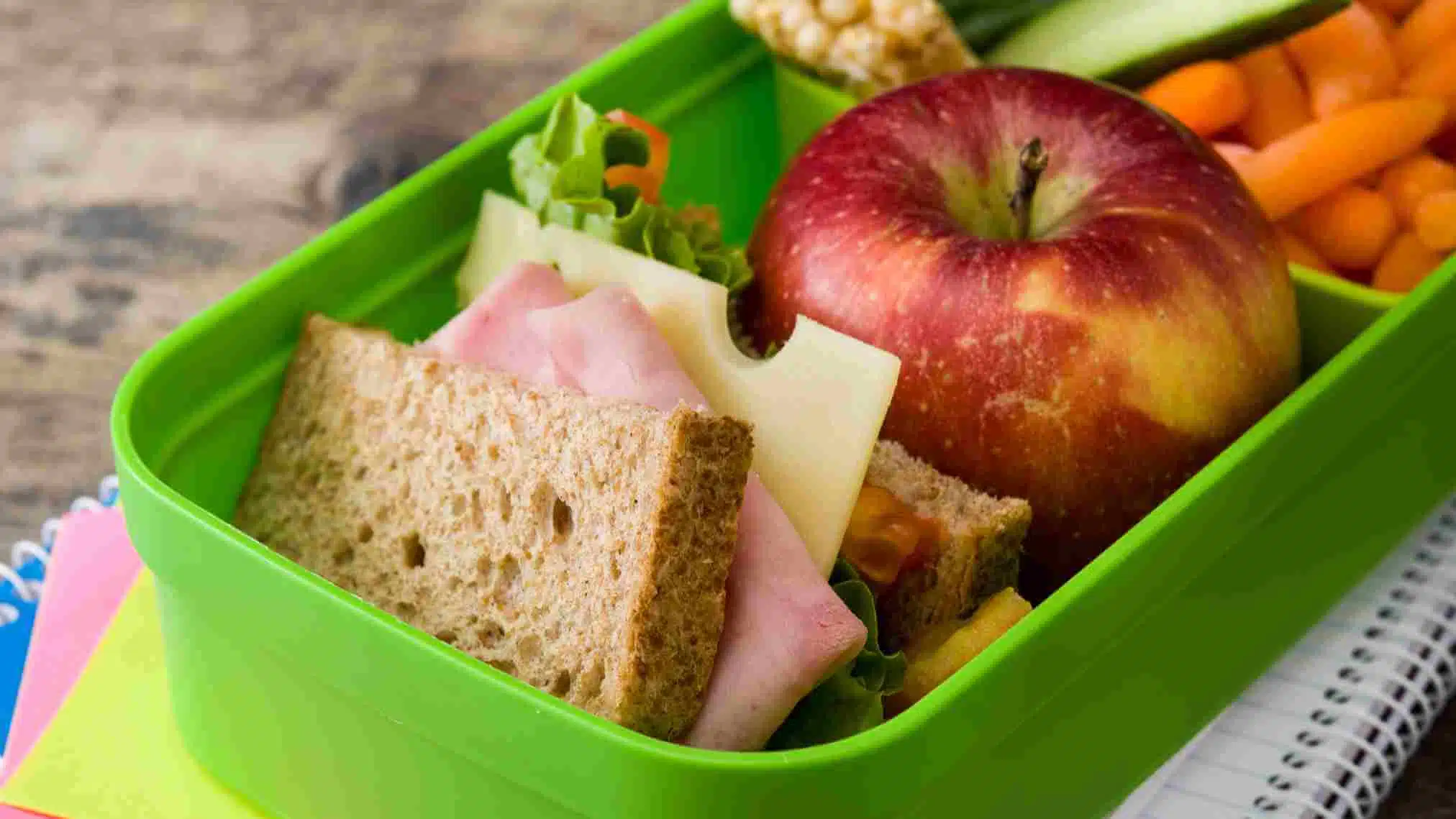
The most convenient option is to grab a snack nearby when you’re busy at work. However, the cost of this convenience eats into your food budget. Consider taking lunch from home a few times per week to help you stay within your budget. It’s simple to pack a lunch from home if you plan ahead. Consider your lunch options for the next day as you prepare dinner.
How much money do you spend each day on lunch? Even $5 a day spent on eating out for lunch during the workday equates to $25 per week, more than $100 per month, or $1,300 annually.
Double those figures if your daily lunch expenditure is closer to $10. That equates to $2,600 annually.
Or perhaps you send your children to school with lunch money rather than brown-bagging it even though you don’t buy your own lunch.
School meals for our children cost $2.75 ( example ). With three children in school, that amounts to $180 spent per month on lunches. Yikes! What a large sum of money!
The good news is that packing your lunch has a lot of potential for cost savings if you frequently dine out for lunch, grab something to eat on the run, or send your kids to school with lunch money.
13. Buy whole foods
Whole-grain ingredients don’t always cost extra. Simple substitutions that you can make during your weekly grocery shop will cost you the same amount of money while giving you and your family more fiber, vitamins, and minerals.
Rice, pasta, and couscous made from whole grains are inexpensive. Or go to a bulk bin retailer and spend a lot. Whole grains can last for months when firmly covered and kept in a cold, dark location.
You can prepare quinoa, millet, and buckwheat just as quickly as rice while consuming a greater variety of vitamins and minerals.
14. How To Eat Healthy On A Budget: Turn to Eggs
Eggs are a cheap, nutrient-dense item that makes a wonderful addition to any meal of the day, according to Manaker. Naturally, eggs are a good source of protein, but they also have other minerals including choline, iodine, and vitamin B12.
As a convenient and wholesome source of protein, I adore having eggs in my refrigerator. I also hard boil half a dozen for a healthy grab-and-go option when I have the time.
15. Do not be afraid to have the same breakfast every day.
Eating the same things a few days in a row can save you a lot of money. Prepare a wholesome breakfast in advance and eat it for a few days.
You can prepare your oatmeal mix for the following mornings and freeze some fruits for a morning smoothie. It’s incredibly quick, easy, and can help you save money.
Utilizing the things you’ve purchased can be facilitated by eating the same meal each day for a week. Since they typically arrive in larger numbers, let’s face it: you don’t want to waste it.
16. Grow Your own Food

Growing your own fruits and veggies is a fantastic method to reduce your food expenditure. You may obtain fresh, healthful produce for a small fraction of the price of grocery store prices by producing your own food. Growing your own food may also be a rewarding and enjoyable activity
Tomatoes, peppers, cucumbers, zucchini, eggplant, strawberries, blueberries, and raspberries are a few examples of products you can cultivate at home. Consult a nearby gardening store or online gardening resource if you’re unsure how to get started or what plants to cultivate in your region.
Use organic farming practices whenever possible while raising your own food. You will be exposed to fewer pesticides and herbicides as a result of this. Utilizing organic techniques will also help to maintain the health of your soil and lessen rain-related runoff.
16. Preserving food
Another strategy to cut down on food waste and expenses is to store food properly. It’s crucial to avoid overcrowding a refrigerator and to store raw meat, fish, and poultry on the bottom shelf where they won’t come into contact with other foods. Here is a guide to making the most of your refrigerator.
You can keep to your meal planning and store food well by freezing it. You can freeze a lot of food if it is close to its use-by date before it expires in addition to batch-made meals. Food that has been properly frozen will remain safe to consume indefinitely, however over time the flavor and texture may deteriorate. Here is our advice for maximizing the use of your freezer.
Keep in mind that most foods, including berries and fruit, must defrost in the refrigerator before you can cook, boil, or reheat them. Here is our advice to defrost food, including meat, fruit, and vegetables, securely.
Here, you can purchase a few plastic refrigerator organizers. These food containers also have excellent sealing.
17. Up your water intake.
It’s incredible how simple it is to drink your calories (and blow through your budget) by filling up on soda. Juices made from “healthy” fruits can nonetheless contain a lot of sugar.
Try switching to water and plain, black coffee as your preferred beverages to save money (and calories). You’ll be amazed by the long-term effects it can have on your body and your finances, even though it initially may sound like torture.
18. It’s Time to Get Started Canning
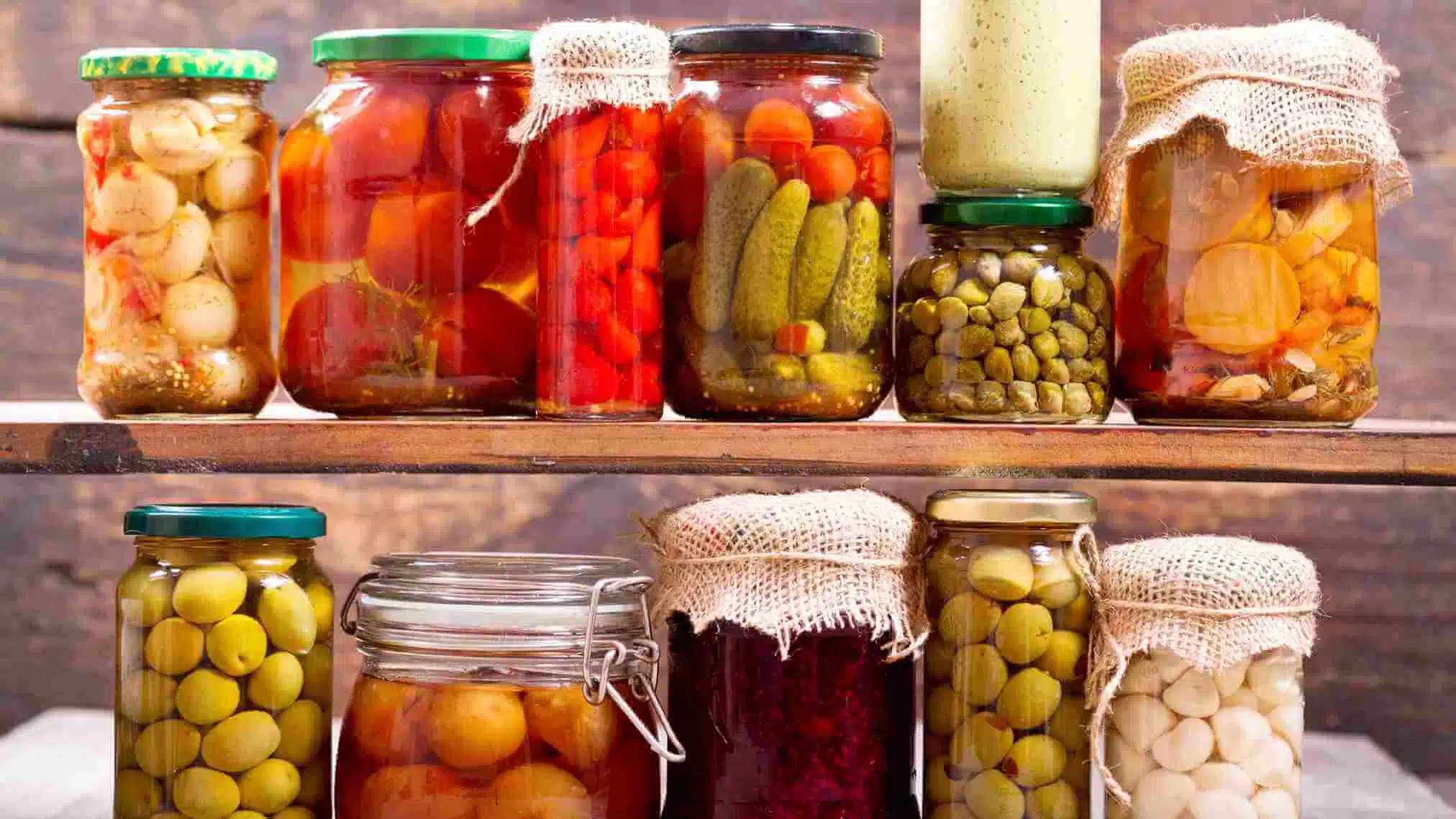
Canning food at the peak of its season is a fascinating endeavor. We did that frequently when we were younger in order to keep costs down.
We also didn’t manage to consume every last one of the summer’s cucumbers, tomatoes, berries, and apples. That’s why it’s helpful to learn how to can food.
Pickles that you’ve preserved yourself taste amazing during the cold winter months. Healthy and tasty!
Therefore, both your health and your bank account will benefit from the time spent. Don’t waste time and money by not knowing what you’re doing, though; doing it incorrectly can be a real waste of both.
19. How To Eat Healthy On A Budget: Be creative
Cooking is an art, so as you get used to meal planning, adding a little creativity by experimenting with items will both improve the culinary experience and save on purchasing costs.
Look for less expensive, equally nutritious substitutes. For instance, swap a date smoothie with an avocado smoothie instead of having one every day. If salmon is out of your price range, choose sardines. They are a more affordable and wholesome alternative. Try millet as an alternative to quinoa. Additionally, spinach is equally nutritious as kale,
Final Thought
The initial phase is the most difficult, just like a healthy diet itself. The upfront costs of eating well on a tight budget are considerable since you have to learn how to cook, fill your pantry, and do other things.
However, once you’ve made the initial commitment, it becomes easier and you can begin to save hundreds of dollars a month on expenses (and maybe thousands of dollars, if it means you avoid conditions like diabetes or a stroke).





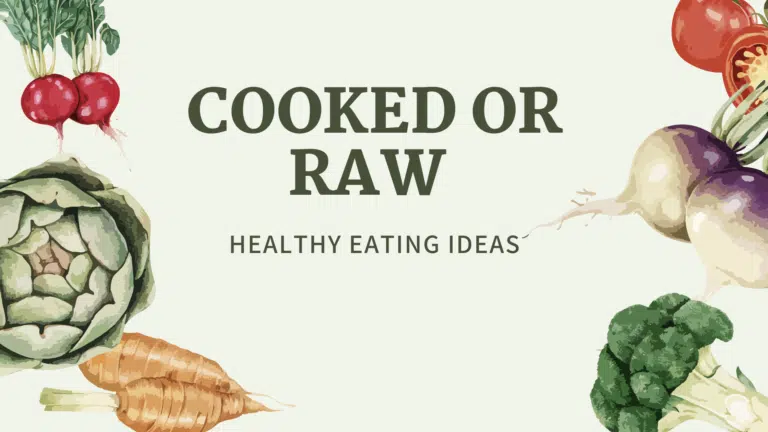
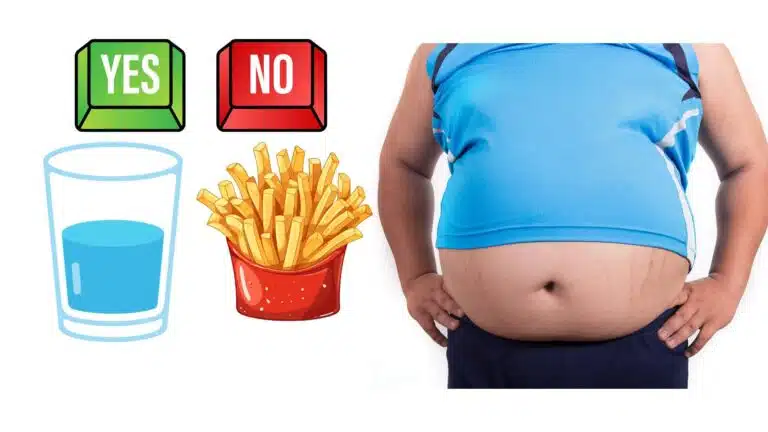
One Comment